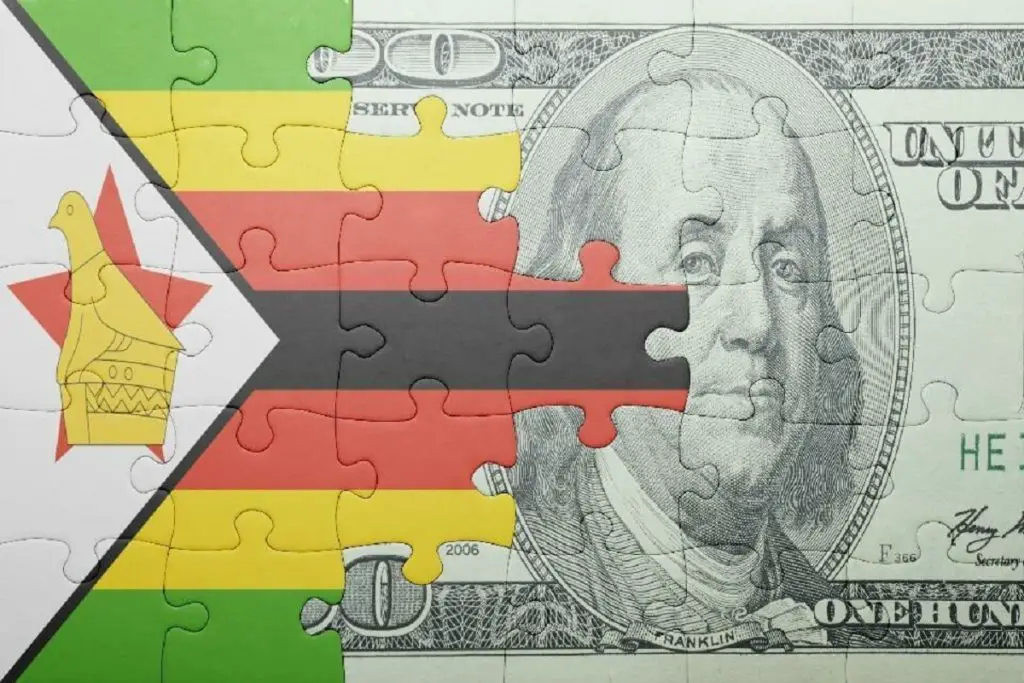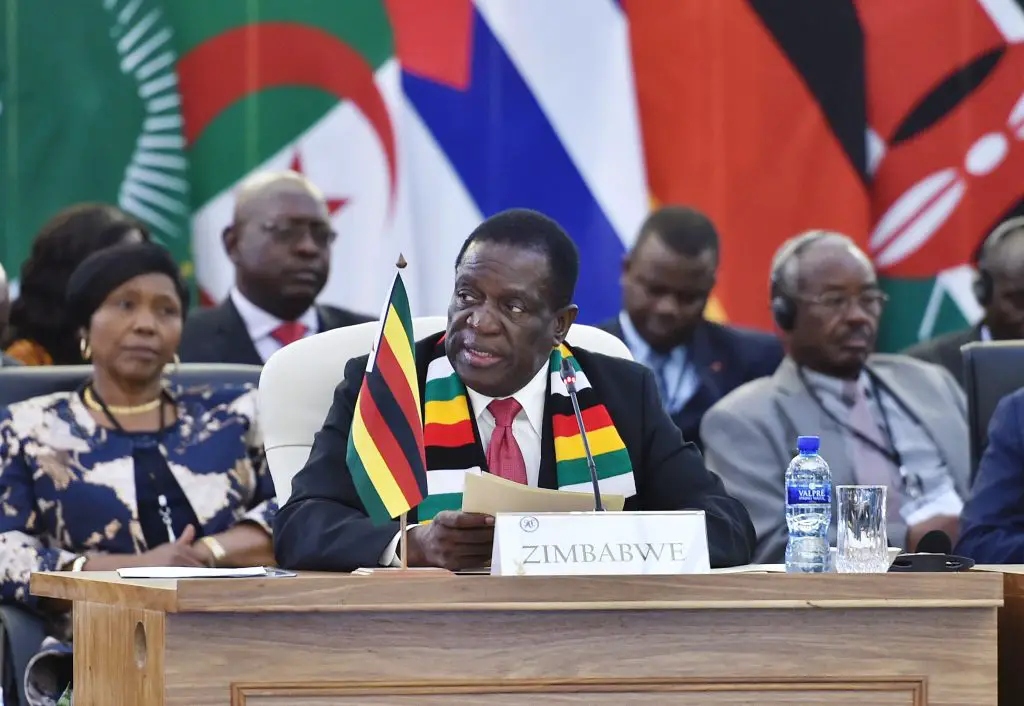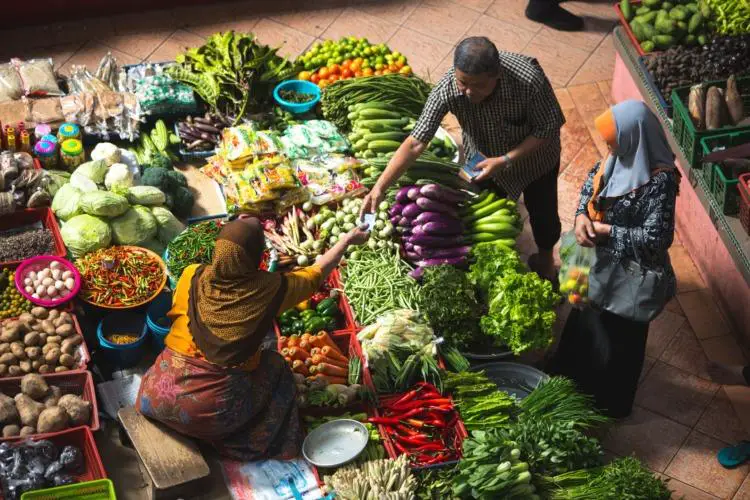- How transition finance can catalyse Africa’s green industrial revolution
- Stanbic PMI Report: Mixed performance as Kenya’s agriculture, construction offset manufacturing decline
- Uganda’s land management gets a tech makeover to boost transparency
- Nigeria’s output dips fastest in 19 months on a sharp rise in costs
- Apple faces growing backlash over Congo exploitation
- Why East Africa is staring at higher wheat prices in 2025
- Nairobi Gate SEZ pumps $7 million into Kenya’s agro-processing industry
- What impact will the US election have on Africa?
Browsing: Business
If the security falls in price, the investor or trader will purchase the security from the market at the prevailing low price and deposit the security back with the broker. The profit for the investor or trader is the difference between the price at which they would have sold at the initial phase of the trade and the price at which they buy back the security when they close out the trade. A strong warning is in order here: this kind of trading (margin trading and short selling) is strictly for the sophisticated investor or trader.
It should never be attempted by a novice or a person with a low tolerance for risk. These trades involve the use of leverage and the use of margin which means that should the trade go sideways the investor or trader stands to lose much more than they would have invested.
In the example …
Ghana’s case specifically plays out with the dramatic effect consistent with a Shakespearean tragedy. The west African nation ironically is a darling of the West in terms of foreign direct investment. Yet, its debt levels have breached what multilateral institutions consider to be sustainable. A painful irony in the case of Ghana is that it was offered the opportunity to renegotiate the terms of its debts through the World Bank’s Debt Service Suspension Initiative. However, Ghana did not elect to participate.
A second painful irony is that Ghana, this time around, does not owe most of its debts to multilateral institutions like the International Monetary Fund or the World Bank. It owes the bulk of its debt to private lenders like the world’s largest asset manager Black Rock, and its has expressed that it has no interest in renegotiating the terms of Ghana’s sovereign debt.
If Ghana had borrowed from …
Growthpoint Properties Limited published its financial results for 2021 on the 15th of September 2022.
The real estate investment trust (REIT) is the largest such listed entity on the Johannesburg Stock Exchange and is reliable indicator for the sector as a whole. The real estate sector in South Africa as in the rest of the world was one of the biggest casualties of the COVID pandemic. REITs on the JSE were not spared.
The COVID pandemic created a perfect storm for property owners in South Africa. When COVID spread to the rest of the world after beginning in Wuhan in China in 2019 two things happened that adversely affected the REIT sector on the JSE including Growthpoint.
- Growthpoint Properties Limited which is the largest REIT listed on the JSE announced its results on the 15th of September 2022.
- Results for the REIT reflected an improved operating environment for
In terms of the economic outlook for India, opinions are divided given the headwinds facing the global economy presently, like the cost-push inflation from increases in food prices and soaring energy costs brought on by the Russia-Ukraine conflict. Deloitte, the global consulting and accounting firm, is optimistic about the economic growth prospects of India. It is projected that the Asian country will remain the fastest growing economy in the world, with growth projected to come in at between 7.1% to 7.6% in the years 2022 to 2023 and 6% to 6.7% in the years 2023 to 2024.
How has India managed to bullet-proof its economy to the extent that it has managed to register economic growth within a context of slowing global economic growth? According to Deloitte, India is primarily a domestic demand-driven economy, with consumption and investments contributing to 70% of the economic activity.
According to the Reserve Bank …
This is specifically in the case of South Africa, which has enjoyed the most benefit from the mining sector in the southern region. This benefit translated into further foreign direct investment flows of more than US$ 40 billion in 2021 alone, up from US$ 3 billion in 2020.
This is in contrast with Zimbabwe, which has been an investment pariah for the last two decades. Zimbabwe has not appropriated as much from its mining sector relative to South Africa, especially when viewed through the foreign direct investment lens. According to its central bank, the country garnered foreign direct investment proceeds of US$ 103 million for the year.
Regardless of the poor showing in FDI terms, the country has recorded a 33% rise in export earnings driven primarily by the mining industry to US$ 5.45 billion. This is to show that the mining sector is central to southern Africa’s economic development.…
Zimbabwe’s economic and currency woes run much deeper than the finance minister can allude to. For starters, the country heavily relies on imports; it produces little in the form of manufactured goods for exports. This means that the country’s means of generating income in the form of foreign exchange consist largely of producing and selling raw goods with no value addition.
This phenomenon constrains the country’s ability to generate the foreign exchange it is in desperate need of to help underscore the value of its currency. This is perhaps the biggest stumbling block to the universal adoption and warm reception of the Zimbabwe dollar.
Zimbabwe’s citizens have had unpleasant experiences with the Zimbabwe dollar even before it collapsed in 2009. The country’s citizens have seen numerous bank failures with their savings and receiving no compensation for their losses. This was in 2004 when the banking crisis claimed the scalps of…
The movement of exchange rates on the parallel market has been caused by the government itself. Firstly, the government introduced a currency that economic agents have no confidence in because it did not have the macroeconomic fundamentals to give it credence. There was no parallel market for foreign currency during the years that the country made use of a basket of currencies.
The parallel market only emerged when the government introduced a surrogate currency called the bond note which was said to be at par with the United States dollar. No sooner than the surrogate currency had been introduced that the parallel market emerged, and United States dollars started trading at a premium.
Secondly, the government reportedly purchases foreign exchange on the parallel market. Through the central bank, the government issues new currency and then purchases foreign currency on the parallel market and drives up the exchange rate. It has …
Business confidence for Small and Medium Enterprise (SME) across most sectors is on the rise, according to the latest research by Mastercard.
The inaugural Mastercard Middle East and Africa (MEA) SME Confidence Index found that 76 percent of SMEs in the food, beverage and entertainment sector are optimistic about the next 12 months.
Confidence levels were highest among businesses in retail, closely followed by food, beverage and entertainment.
Forecasts in this sector are also positive, with 72 percent of SMEs projecting revenues that will either grow or hold steady. Almost half 47 percent are projecting an increase.
Access to training, skills and digitization key for future growth
As many regional economies gradually enter the normalization and growth phase, and social restrictions continue to ease, small and medium sized businesses in the MEA region’s food, beverage and entertainment sector have identified access to training and development support (55 percent), upskilling staff …
According to the brewer, profit after tax for the period declined 1 per cent to Sh7 billion mainly impacted by cost inflation, tax and foreign exchange impact.
Further, the COVID-19 related tax reliefs in Kenya on corporation tax and VAT ended in December 2020, resulting in higher tax charges for the year as the rates reverted back to pre-COVID levels.
The company said the slower profit growth rate was driven by the impact of cost inflation, adverse foreign exchange and tax charges.…
The media and entertainment have seen a shift in favour of individual influencers who are now competing against established companies for advertising revenues.
This growth of micro-influencers has allowed advertisers to target influencers in their niche markets helping to lower advertising costs and maximize their returns.
The report expects the country to be a key driver of media industry revenues in Africa, on account of high internet and smartphone penetration.…














